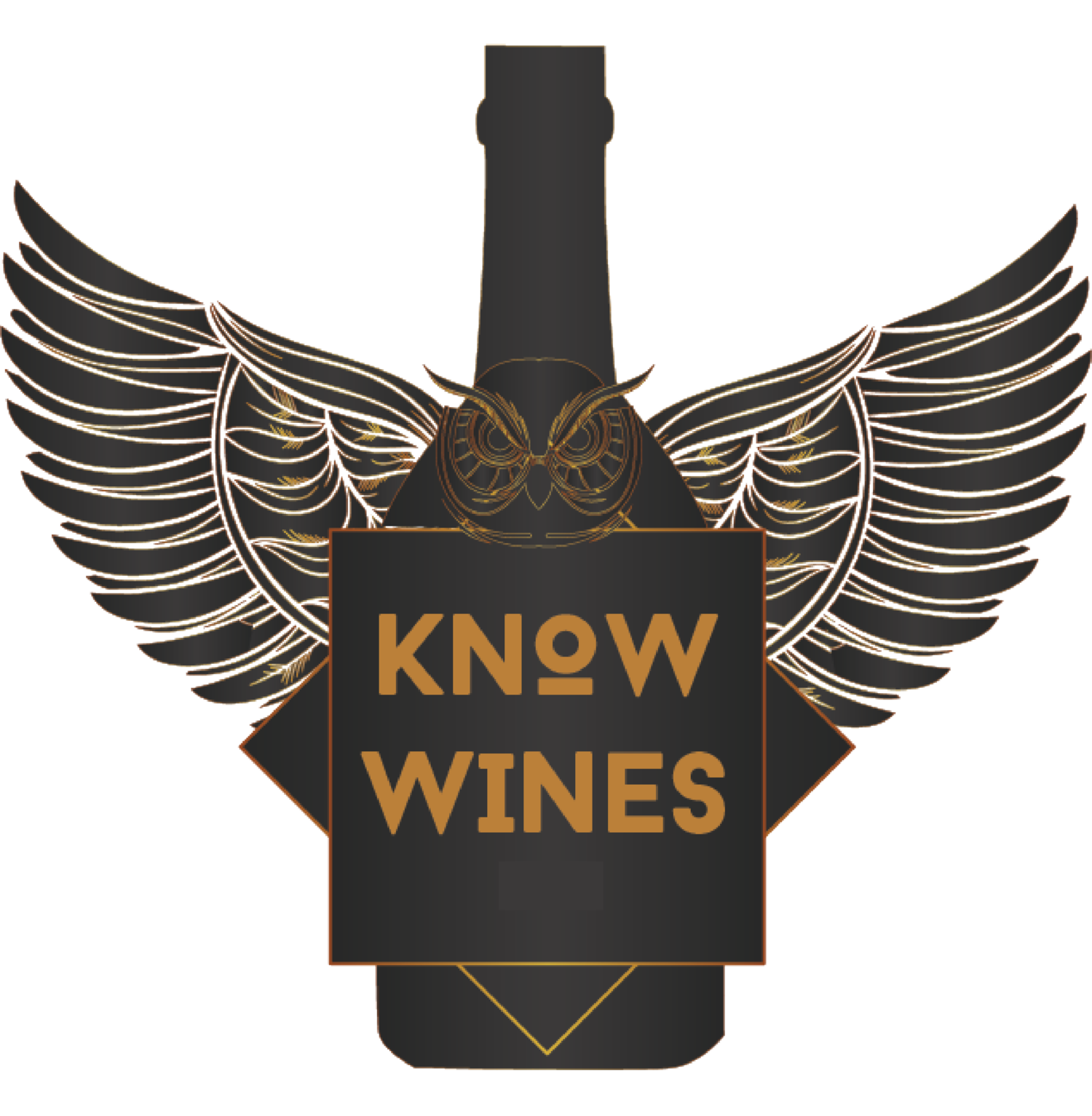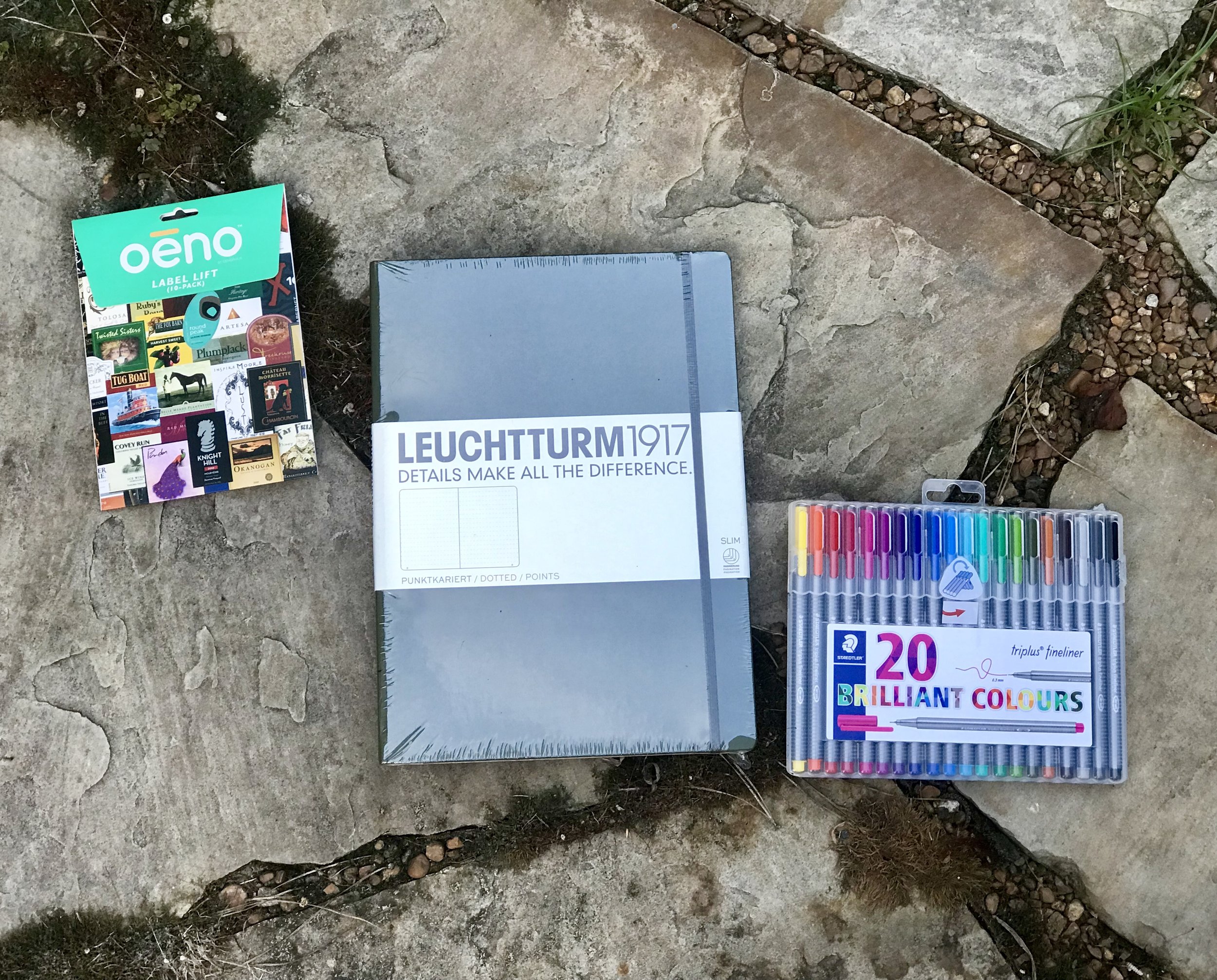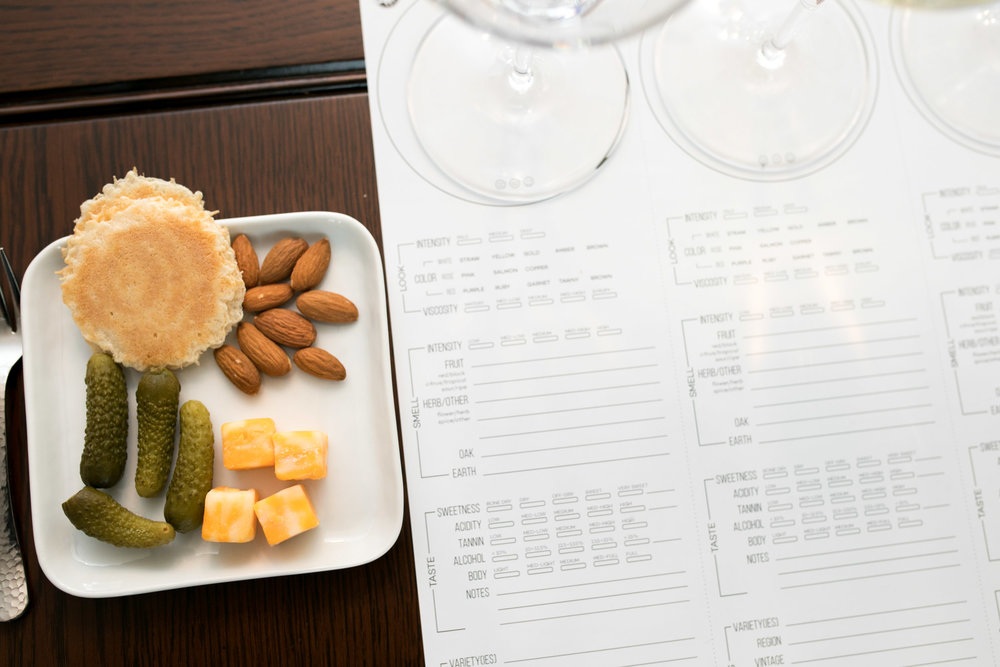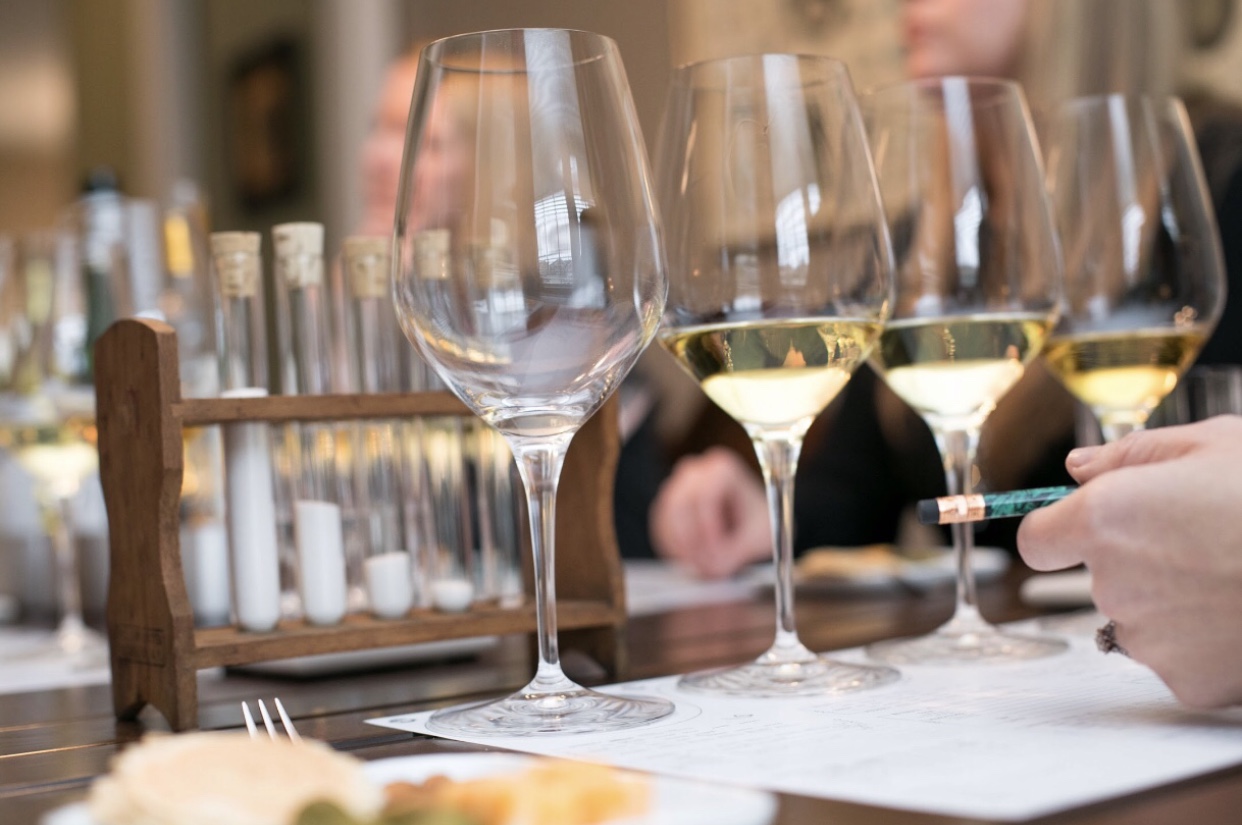Corked?
Have you ever wondered if a wine has gone bad after tasting or smelling it? Ever heard someone say, “This wine is corked!” without really knowing what they were talking about? Have you ever worried you might get sick because you drank wine that tasted “off”?
Some people may define a “bad wine” as one they simply do not like. Disliking a wine due to a preference for a particular style, variety, or characteristic should not be confused with wines that have faults.
In this article we will focus on wine faults, typical causes, and what to do if you run across the rare bottle that is truly bad.
Why all this worry about wine flaws?
Bad wines (or wines with faults) are not as common as they once were. Still, there are many wine consumers who may be afraid to order wines at restaurants or purchase wines from a bottle shop with the concern that the wine may be bad.
Wines with faults were more common in decades and centuries past. Before reliable transport (refrigerated rail cars, refrigerated semi-trailers, air travel) wines risked the possibility of being “cooked,” frozen, or mishandled during transit either across the country or across the oceans (we discuss specific faults and causes of faults later in the blog!).
Technology in wineries has also improved the quality of wine. Minimal intervention wines still take steps to ensure that wines are stable, whether through natural or chemical means, so that they taste great and look delicious sitting on the shelf or in the display at a fine dining establishment.
Competition in the world of wine is also increasing, which drives poorer wines out of the market. Additionally, emerging wine regions get help from flying winemakers. If you have had a bad wine from a region or rural area in the United States even 10 or 20 years ago, consider going back and trying the wines from that area again to see if they have improved.
Some consumers consider a wine to be bad if it is one-dimensional (having only one flavor) or if they simply did not like it. There is some ownership required by consumers in discerning the types of wine they might like. That’s why a sommelier may confirm your order more than once, because he/she may know that the wine you’ve chosen is outside the ‘normal’ consumer pattern and does not want to open a bottle of wine that you may not like.
Last, if you do buy or get a bad wine, let the merchant know as soon as possible. When purchasing wines from retail shops or the winery, keep the receipt. If the wine is bad, most wineries or retail shops will gladly refund your money or give you a replacement bottle. They realize that an occasional bottle will go bad and have factored that into their bottom line.
Still, it’s important to remember that there’s a 97% - 99% chance that your wine is just fine! However, in your drinking life, you may come across a few bad wines. Here, we discuss a few common symptoms of bad wine and how you might detect that they are bad.
Does unopened wine go bad?
Yes, unopened and even properly stored wines can go bad.
There are some ways to tell if the unopened wine might be bad just by using your eyes! Here are some visual clues to tell if a wine might be bad before opening.
Take a look at the top of the bottle of wine. Is the top of the cork flush with the bottle opening? Or, is it raised up (coming out of the bottle) or sunken (going into the bottle)? Raised or sunken corks could indicate that the wine was exposed to high temperatures or pressure changes during shipment or storage.
Just like some beers in clear bottles (like Corona), wine in a clear bottle can suffer from light strike and become “skunky” if it is exposed to light for an extended period of time. So if you are shopping for wine and that bottle of Sauvignon Blanc is a little dusty (and its vintage is more than three years old), consider passing that bottle up for a newer vintage. Wines in clear bottles are designed to be enjoyed within 1-2 years of release. However, there are always exceptions in the world of wine, as some ageable wines like Sauternes do come in clear bottles.
Ullage is just a fancy term for the ‘headspace’ in a bottle of wine. If the wine is fairly young, there should be no ullage and the level of wine in the bottle should be the same as similar wines on the shelf.
If you find that the cork is dry and brittle when you are opening a bottle of wine, there is an increased likelihood that the bottle might be bad. However, you’re going have to engage the nose and taste buds to determine this. There’s a good chance that oxygen was able to get past the cork and into the wine if the cork shrank. We’ve worriedly opened some older bottles with brittle corks and found that the portion of the cork near the wine was just fine and the wine tasted wonderful.
What if my wine smells bad?
When you (or the sommelier) pour the wine into the glass, take 2-3 seconds to look at the wine for anything strange, like cloudiness, or color that looks a little off. If you aren’t sure, don’t be afraid to ask the server if the wine looks the way it’s supposed to. If you’re at home, there are great online tools for color of wine by style.
If you’ve visually inspected the wine bottle and have successfully freed the cork from the bottle at home (or have been presented with the wine at a restaurant), your next step is to engage the sense of smell.
In movies or on television, we often see people smelling a cork. Unfortunately, smelling the cork is not actually going to help you determine if the wine is bad or not. Instead, raise the glass to your nose and take a few discreet sniffs (short sniffs, like a when a dog meets another dog at the park and they check each other out) and see if there is anything strange or revolting. If you notice an unpleasant smell but have no idea if that smell is normal, just hand the glass back to the server and ask him/her to check it out. What you smell may simply be a characteristic unique to a wine you are unfamiliar with. Or, it could be a wine fault. Remember, there is a 97 to 99% chance that your wine is just fine!
Last is the taste test. I never trust the first taste because a lot of that first taste depends upon what you put in your mouth most recently. I always take a tiny amount and discreetly swish it around my mouth and quickly swallow. Then, I get to the second sip. Almost always the wine tastes just as it should.
But if the wine really does taste off, you have a couple of options. At the restaurant, ask the waiter or sommelier to pour themselves a sample to confirm the off-flavor and then ask for a replacement bottle. If you are at home, replace the screw-top or cork in the bottle, place it in the fridge, and locate your receipt. Then take the bottle back to the wine store in the next couple of days and ask the wine seller to take a sniff or taste test. Most of the time the merchant will replace the wine or offer a refund. If you purchased the wine from a winery, call or email the winery and ask about their wine replacement or refund policy.
What are some aromas or flavors I will encounter in a bad wine?
There are a number of descriptive words to describe wine faults (typically undesirable bad aromas). These common words are actually associated with molecules or groups of molecules. Here are a few of the most common wine fault descriptors and the associated molecules. Some of these tastes and aromas are universally agreed-upon faults, while others are more ambiguous.
Oxidation (addition of oxygen during winemaking) and the flavors and aromas of a Brettanomyces infected wine are two types of ‘flaws’ that some would argue are pleasant and desirable depending upon the wine and wine style. This debate is becoming more prevalent with the increase in the number of natural wines on the market. But, this is a topic for another article!
Where do wine faults come from?
Wine faults can be introduced at any time during the winemaking process and can be influenced by vineyard practices as well. Their presence can be influenced by vineyard management (rootstock, trellising systems, watering timing, grape cultivation, harvesting, sorting, pressing, fermentation, winemaking, aging, bottling, storage, and transportation).
At just about any time in the wine making process, something might go wrong. Depending upon the phase in the process, the vineyard manager, winemaker, or transporter may be able to remedy an issue or not. At times, the fault may be so severe that the production of certain lots of wine is a total loss for the year.
In summary, many of the wine faults are introduced during fermentation and aging, resulting in undesirable molecule formation that may or may not be perceptible to human noses and taste buds.
What if my non-sparkling wine is fizzy?
So you’ve opened a bottle of wine and heard a pop, even though you didn’t purchase a sparkling wine. Or, you feel the texture of tiny bubbles on your tongue and did not expect them.
In aromatic white wines like Riesling that are bottled young, you may run across such a phenomenon. This occurrence is typically not considered a fault. The bubbles are remaining from the primary fermentation or a little bit of CO2 was added at the time of bottling for a little lift of freshness.
In less aromatic white wines (like Chardonnay aged in oak) and in most red wines, the presence of fizz is most likely a flaw. The effervescence, in this case, is likely from a secondary fermentation in the bottle after bottling. If the wine is a little cloudy, that often confirms that a secondary fermentation took place as the cloudiness is yeast or bacteria bodies in suspension.
Why does my wine have no flavor?
Sometimes the wine's fault is that it has little to no flavor. This fault is a little more tricky to figure out, especially if you are at a restaurant and the server or sommelier is hovering over you asking if the wine is “okay.”
In this case, the first thing to check is the temperature. If there is no aroma and flavor and the wine feels almost ice-cold, then you’ll have to wait until the wine warms up a little bit to see if aromas emerge. For the same reason that most American lager is served at ice-cold temperatures, some low-end wines are also served at a very low temperature. This is because these wines simply don’t have a lot of flavor and many quality issues can be masked by serving wines at a too-low temperature.
If the temperature of the wine is good, then it could be that the wine needs some air or decanting in order to open up its aromas. If you are unsure if the wine needs decanting, ask your server or sommelier if this is the type of wine that needs air, especially if you’ve never had that particular type of wine before. If you are at home, you might want to investigate your wine on an App like Vivino or CellarTracker to see if others have had the same experience.
Why does my wine taste like vinegar or fingernail polish remover?
If you detect a sharp, acidic smell, that is the aroma of acetic acid (vinegar smell) and ethyl acetate (nail polish remover). These compounds are created naturally by yeast and bacteria native to the vineyard.
Winemakers try to control this by controlling the amount of oxygen exposure during winemaking. While this can be fairly easy to control in commercial winemaking, once one starts to introduce aging in oak barrels, this type of acidity can become more prevalent. The problem becomes a noticeable flaw when there is too much acetic acid produced and the acid reaches a flavor threshold or detectable level.
Some wine drinkers are more sensitive to - and prefer to varying degrees - the amount of these acids present in wine. There’s nothing we can do to fix this fault in wine once it is present.
What do I do with bad wine?
If you come across a bad wine, the best remedy is to speak to the merchant at the shop where you purchased the wine. Most people who sell and serve wine know that an occasional bad wine is just a part of doing business.
If you purchased the wine from a winery, send them an email or give them a call, explaining what you experienced. In your message, describe the fault to the best of your ability. Most will take measures to refund your money or send you a new wine of the same or similar vintage.
If your wine is bad (or you have some old wine that you suspect is bad) you might want to consider ordering a vinegar mother and making your own vinegar.
What happens if I drink bad wine?
You won’t get sick from tasting bad wine, only if you drink too much of any wine! Alcohol acts as a preservative, so even if there is a secondary fermentation after bottling, once the alcohol level gets to a certain point, yeast and bacteria die out. As wine ages, it becomes vinegar. This happens for some wines faster than for others.
How to Prevent Wine from Going Bad
Proper storage away from heat and light will help keep your wines in good shape if you store wine at home. Check out our article on wine refrigerators and storing wine if you’d like to learn more.
Want to geek out on wine faults?
Want to know more about the color of wine as it ages and about wine faults without all the chemistry? Check out the James Beard Award-winning Wine Folly Master Guide.
More reading on wine faults for the citizen scientist:
Reading not enough? Try a wine fault kit and spike some wines with fault aromas!
In conclusion
Now you know the most common ways your wine can go bad. Wine faults continue to decline as vineyard managers, winemakers, and the distribution channels use more technology to reduce the chances of wine going bad. This blog offered some tips on how to use your sense (and your wits and resources!) to determine if wine is actually bad or just unpleasing to your palate.
We’ve also confirmed that nothing bad will happen to you if you happen to taste some bad wine. Every human has a different level of sensitivity to all these aromas and flavors, so there is no need to fear that you do or do not smell the same things as your drinking partner if you do come across a bottle with a fault and you disagree on the fault.
If you do happen to purchase a bad bottle of wine, let the retailer know. This feedback is very useful to retailers, distributors, and winemakers. Don’t think that you are bothering the person or being a difficult consumer - your feedback is helping the world of wine! Bring the wine to the retailer so that he/she can help you in identifying the defect, if possible. If you have a bad experience with the retailer, contact the manager or the distributor. Don’t let your hard-earned cash go to waste.
And here’s to the 97-99% of wine that’s fault-free!
Cheers!





















